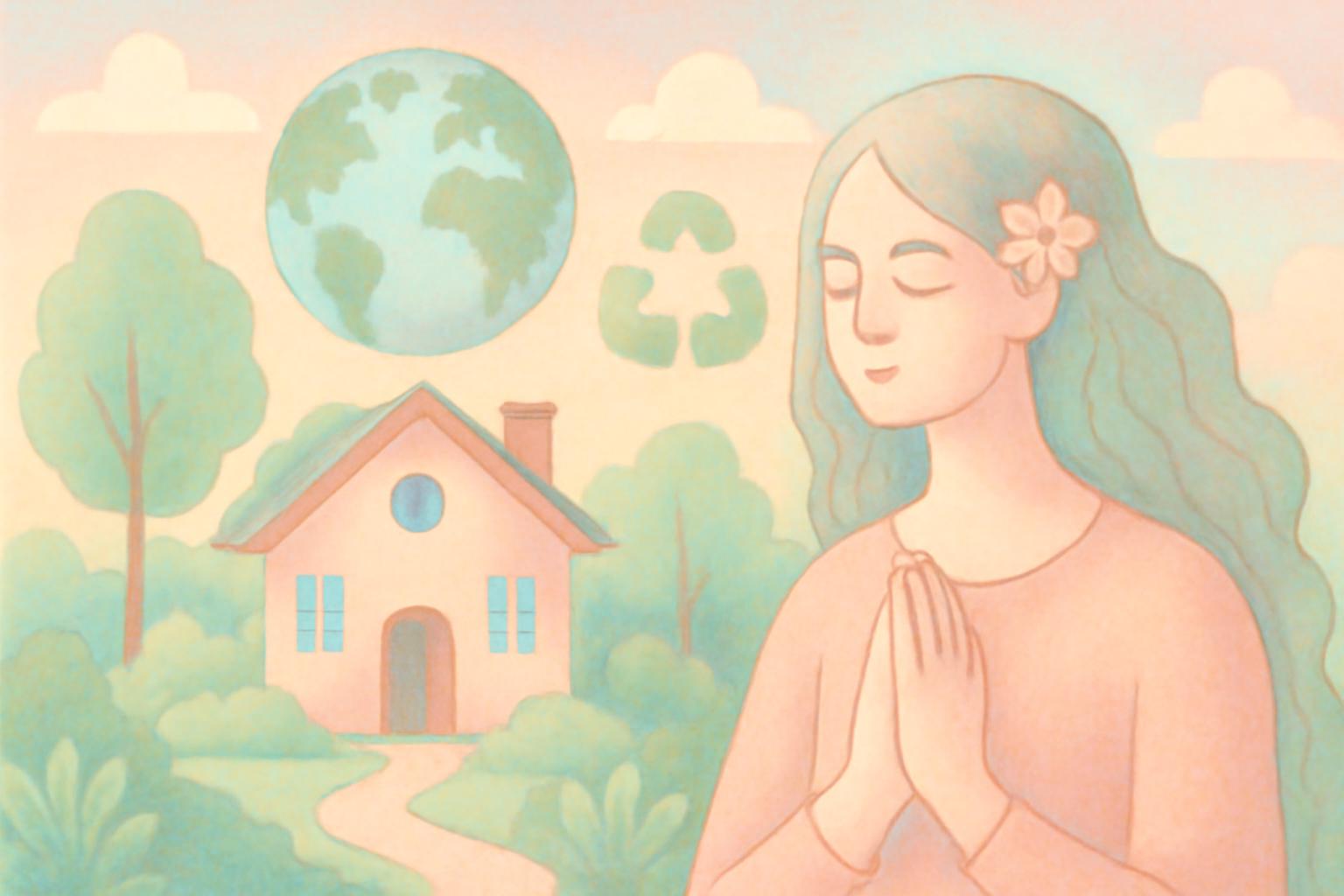Softly, the story speaks of a land short of rooms and long of longing. In Germany, a chorus of hopeful hands reaches for shelter as rents rise and the costs to raise homes climb. In cities, the size and the price of a home become a quiet gatekeeper, while rural curves of land risk becoming waves of new builds when demand has already shifted away. People like Lukas yearn to own a roof of their own without the cradle of family help; Olivia longs for the pulse of city life and the shelter of community. Since 2015, rents in the largest cities have climbed by about half, a drumbeat that echoes through kitchens, hallways, and classrooms. The Mietpreisbremse was extended to 2029, trying to keep re-letting rents near the local standard, with doors cracked open for new buildings or heavily modernized units. The Bau-Turbo promises speedier permitting, more homes, and easier renovations, a trumpet call toward greater supply, yet critics worry it won’t primarily serve affordable housing. In the first half of 2025, about 110,000 new housing permits appeared, up 2.9 percent from the half-year before, driven mainly by single-family homes—a cautious uptick, still a fragile flame. The horizon holds that demand will cling to the great metros through 2040, while the suburbs and rural corners may regain appeal for their price–performance, even as many fear mortgage burdens will keep ache in the air for years to come.
And yet, beneath these figures lies a deeper weather of our times, one that hurts the Earth and harms our shared future. The rush to house and be housed becomes a pattern of extraction: forests cleared for foundations, rivers tapped for supply, minerals hoarded in the service of profit, and landscapes stitched together not for life but for leverage. Our Mother Earth bears the scars of concrete and steel, of long supply chains and energy demands that illuminate the night with its own fever. The cycle mirrors old wounds—colonial footprints pressed into new soil—where land and shelter have been treated as assets to be hoarded, traded, or priced into the hands of a few. When homes are spoken of as investments first and as homes second, communities are displaced, small businesses squeezed, and the very air we breathe becomes a bargaining chip in a market’s fever.
This is the shadow of a capitalist system that measures worth in quarterly yields rather than in breath, belonging, and care. The Bau-Turbo arrives with a promise to accelerate, but acceleration without justice cuts a path that favors developers and speculators over the people who need roofs that stay warm through the night. The extension of Mietpreisbremse needles at the edges of a widening wound, shielding re-letting rents but allowing exceptions for new builds or heavily modernized units, so that the door to true affordability remains ajar for too many. The numbers speak of growth, but the heart reads the cost: more debt, more heat trapped in walls, more journeys by car in a climate-weary world, more quiet suffering in apartments that do not feel like home.
If we listen with the ears of the earth, this crisis is a call to heal what has been broken: to reweave housing with care, equality, and planetary stewardship. We must decolonize the city’s maps—not by erasing history, but by erasing domination—the domination of land as collateral, of communities as markets, of air and water as externalities. We need housing that remains in the hands of the people who built it, that resists displacement, that honors the elders who remember the land’s original songs. We must reimagine finance as a guardian of shelter rather than a siren for profit—public and cooperative models, community land trusts, and strong, enforceable rights to housing, energy efficiency, and long-term stability. We must insist on green, low-embodied-carbon construction, retrofit-first policies, and high standards for energy performance that lower bills while healing the climate.
Let us honor the Earth by choosing homes that nurture life, not merely assets that turn with the market. Let us unfasten the old story of endless growth at any cost and write a new one where shelter is a shared sacred right, where neighborhoods weave together transit, trees, gardens, and social support, where every tenancy is a relationship of care rather than a transaction. Let us heal through policy that privileges people and planet: invest in truly affordable housing, fund energy-efficient retrofits, protect and expand green spaces, and prohibit speculative harms that strip communities of their roots. In this turning of tides, may we remember that a living home is a living forest of belonging—where human dignity, ecological health, and the common good rise together like sap in the spring.
Mother Earth invites us to dream and to act: to build homes that nurture life, to mend the harms of colonial legacies, and to bar the doors against a market that forgets the children who deserve warmth, safety, and a future worth inheriting.
